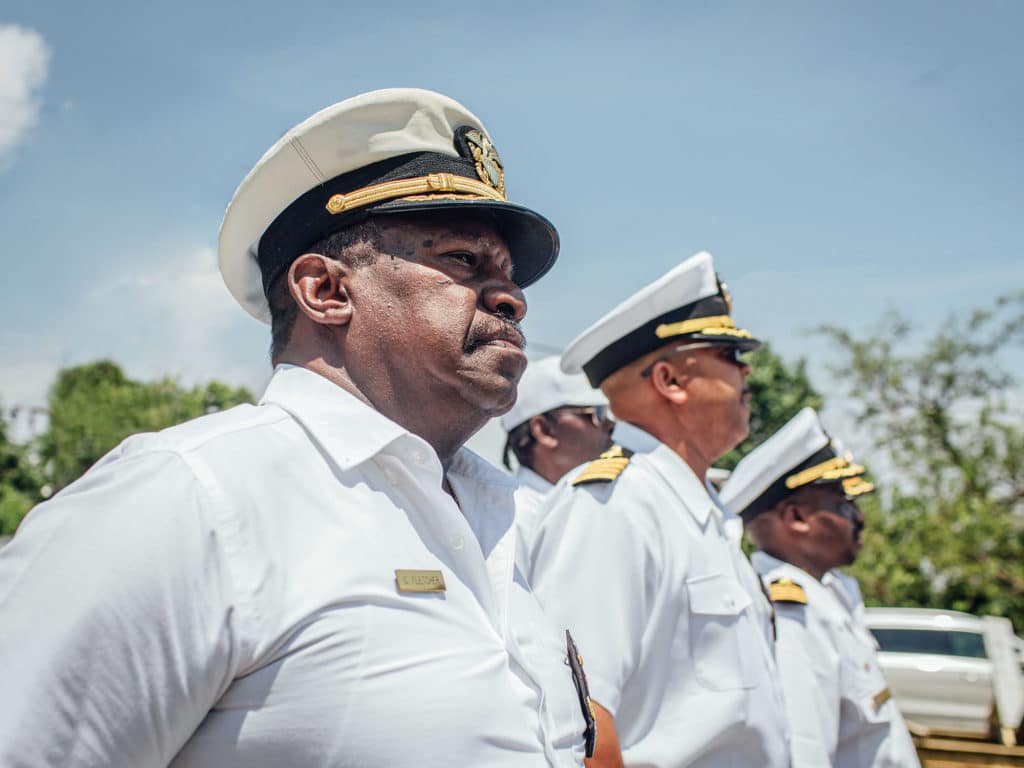
It might be difficult to remember a time when boating wasn’t a friendly pastime, but the memories are fresh in George “Lefty” Smith’s mind. He bought his first boat at 33, and just sold his fifth boat 51 years later. He’s the oldest surviving commodore of the Seafarers Yacht Club of Annapolis, one of the oldest Black yacht clubs in the country. It has not only survived over six decades, but also grown, evolved and thrived.
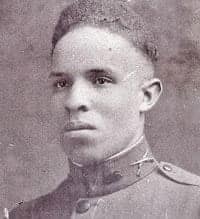
The Annapolis club got its start in 1959, and members playfully argue that they were the first Black yacht club because the D.C. Seafarers, which started in 1945, was originally a boating club. Semantics, of course, but four members from the D.C. club—Joseph Barr, Hugh Dowling, Ellsworth Randall and Albert Burwell—traveled 34 miles to form their club, taking their love of boating to the predominantly Black Eastport neighborhood of the city. The Annapolis clubhouse in itself is significant because it was originally the Colored School, a two-room schoolhouse for Black children built in 1918, when the area was still segregated. But the Seafarers’ roots run back to our nation’s capital.
A Place to Boat
Back in D.C., the Seafarers Boat Club had a 14-year head start. The founder, Lewis T. Green Sr., was a woodcarver and public-school teacher with a penchant for building vessels. He inquired about leasing government land to store his 49-foot boat, Valeria, but was repeatedly ignored, then rejected. This is no surprise because his requests came years before major civil rights legislation.
Green’s friend, Mary McCleod Bethune, an advisor to Franklin D. and Eleanor Roosevelt, interceded on his behalf, and the first lady ordered the Department of the Interior to reverse its decision. Green’s relationship with McCleod Bethune was the catalyst for starting his own clubhouse and changing the course for Black Americans interested in boating.
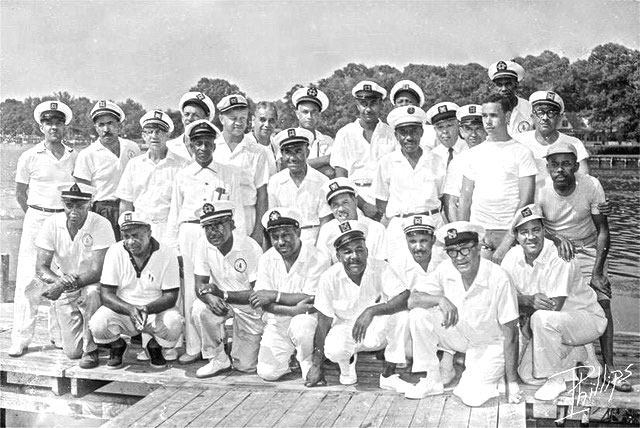
With the reversal, Green was given government land, and the early members got started building docks and the club. The team was able to transform an underdeveloped marsh into a space that would attract Black boaters from all over the Delaware-Maryland-Virginia (Delamarva) area. They worked hard to make it welcoming, and their work cleaning up the Anacostia River is still recognized.
In 1965, the club merged with the D.C. Mariners and officially changed its name to the Seafarers Yacht Club. (That definitely gives credence to Annapolis’ claims of being the first “yacht” club.) Over time, the D.C. and the Annapolis locations both thrived.
In the Navy’s Backyard
While D.C. is the seat of government, Annapolis is a national focal point of all things maritime. As interest grew in the local Black community, the club became well-represented by Black professionals. (That includes the second commodore, Joseph Barr, who was a member of Tuskegee’s first veterinary school class.) It attracted people who sought the same pleasurable experience as the traditionally white boaters in the area, and they found strength in numbers.
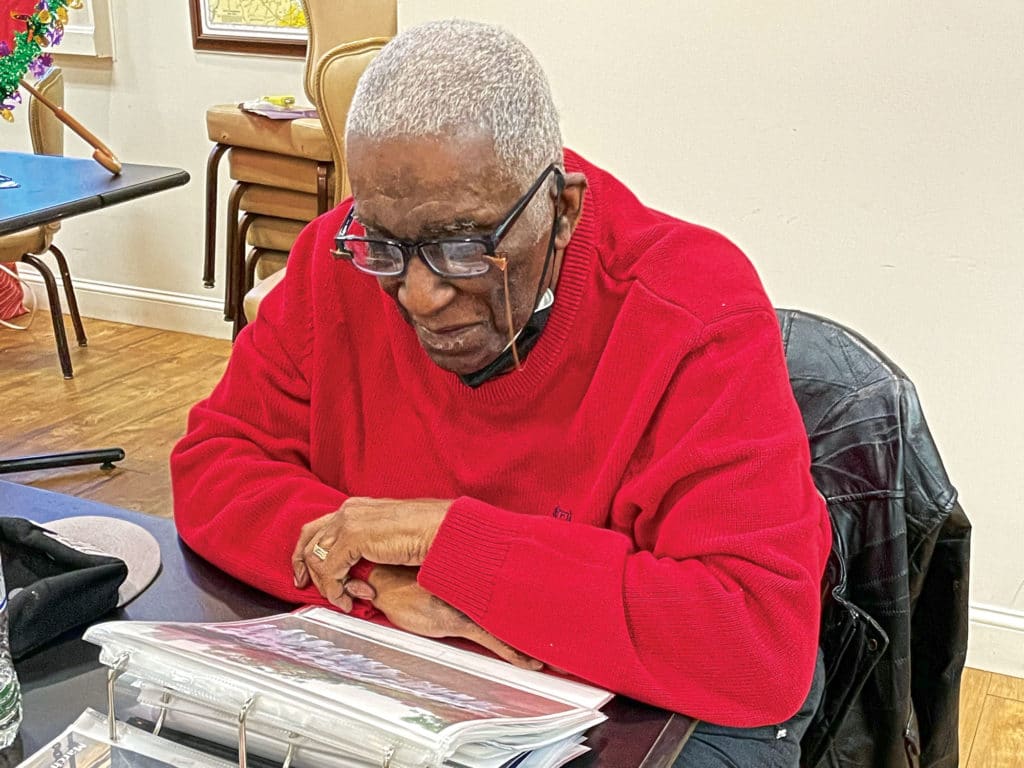
Back in the early days, they faced adversity on the water. Present-day secretary Bill Woodward described the dangers members once confronted in the area. “At Point Lookout, they used to shoot at us if they caught you by yourself,” Woodward says. “I’m not sure if they were trying to hit us or intimidate us.”
Sitting and chatting in the historic Annapolis clubhouse, Smith recalled those early days, when Black people were still being overtly excluded from boating. Strength in numbers was what kept them safe and kept the sport fulfilling during those times.
“I remember when we couldn’t even buy gas,” Smith explains. Black boaters often had to lie, saying that they were transporting their bosses’ boats in order to fuel up. But they loved the sport and kept going, and went out on the water together. Now there are generations of boaters who have made their way through the Seafarers.
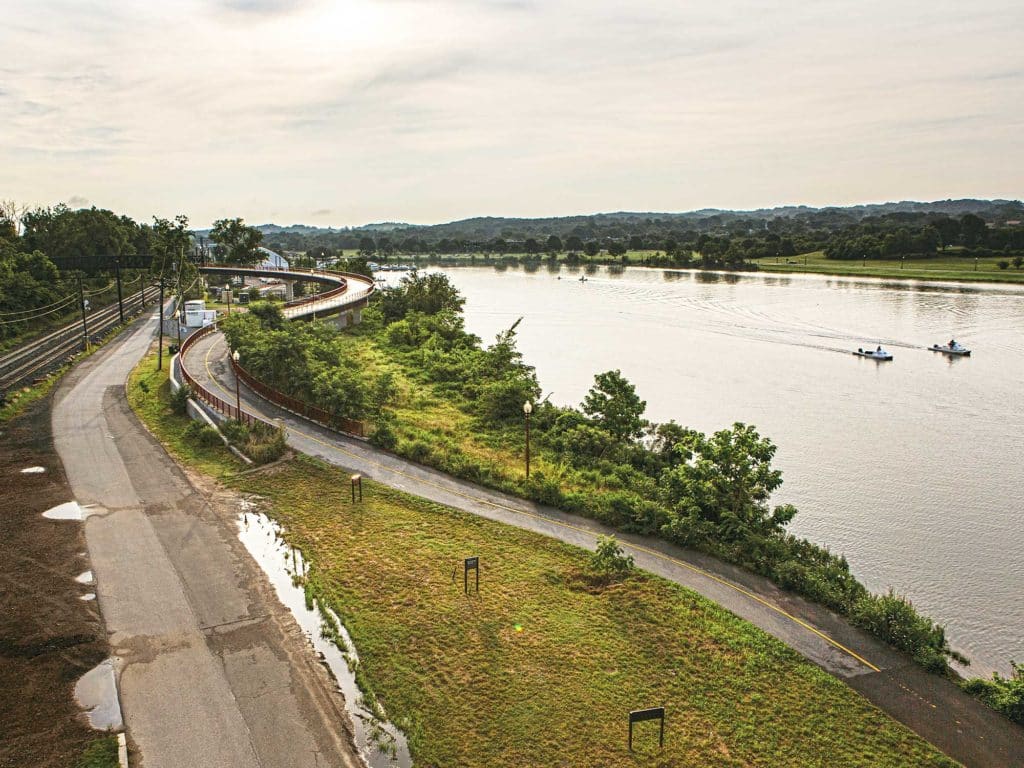
Charting the Course
Today, the Seafarers is more than just a place to boat, which is evident while listening to Annapolis commodore Benny McCottry rattle off the club’s calendar. It has plenty of boating fun built in, but also community outreach. One thing that still holds true is that historically Black organizations seek to create equity and empower their surrounding neighborhoods. “This is not just a boating club, but a club that has a heart for the community,” Smith says.
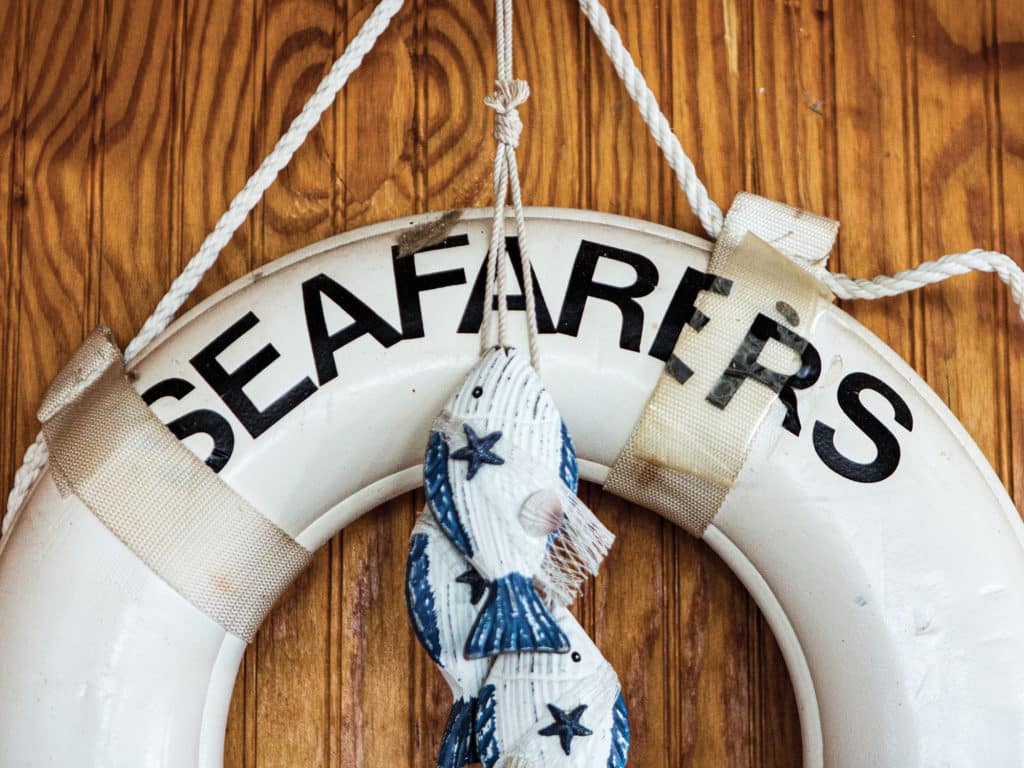
The Annapolis clubhouse added a swimming pool in the 1980s, and by that point, it would become an extension to all of Eastport, with programs geared to youth enrichment.
“We’ve run about 600 kids through our chess program,” says Edward Morris, the club’s chaplain and also a longtime member. “It’s two weeks long, and we have a local chess master come in. Like any summer program, the first day is bedlam, but the next day, you could drop a quarter and know what year it was made because of the silence and complete focus.”
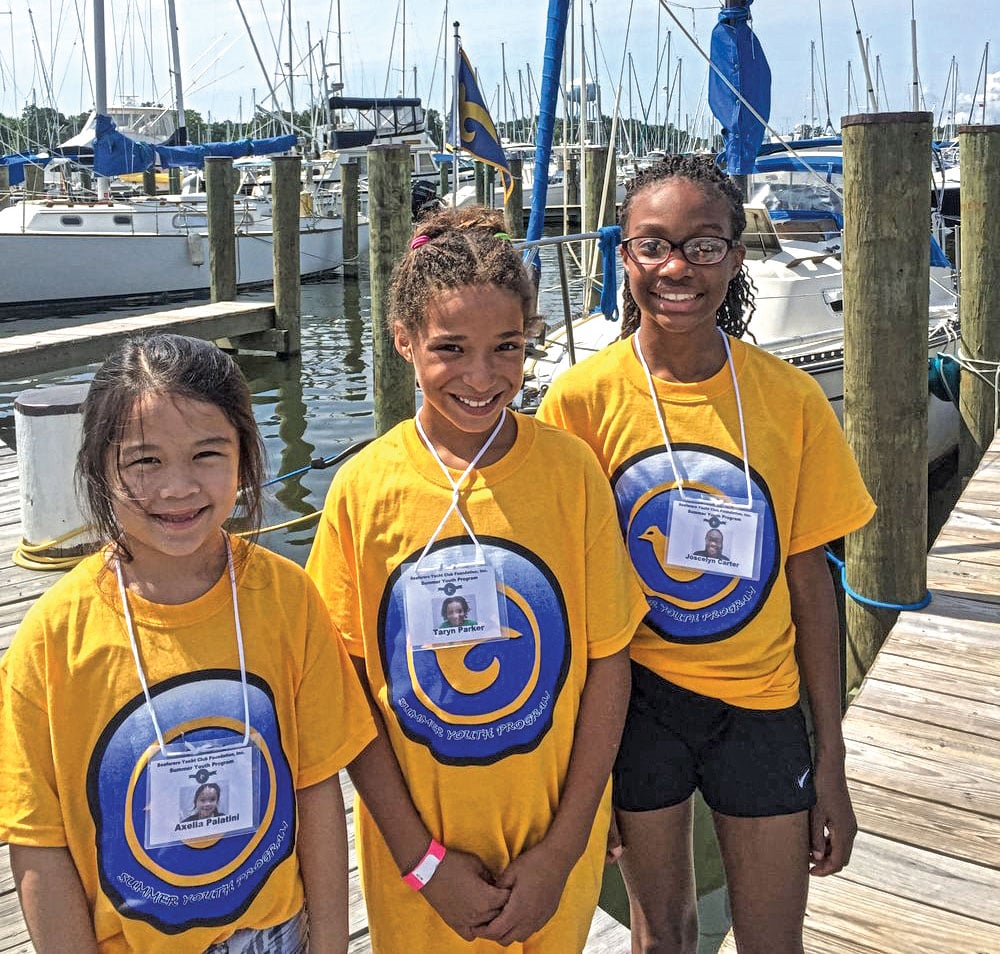
In recent years, the Seafarers also added the Sea Scout program, which teaches children about maritime life. Annapolis also recently gave $1,000 to a local food bank, and the club has hosted local seniors for Thanksgiving dinners.
In the turbulence and political unrest of the past few years, at times the club has found itself providing a safety net for its members. Annapolis’ immediate past commodore, Ade Adebisi, explains: “There is really strength in numbers with Black boaters, and when there are a few of us, people tend to check themselves in terms of their hostility.”
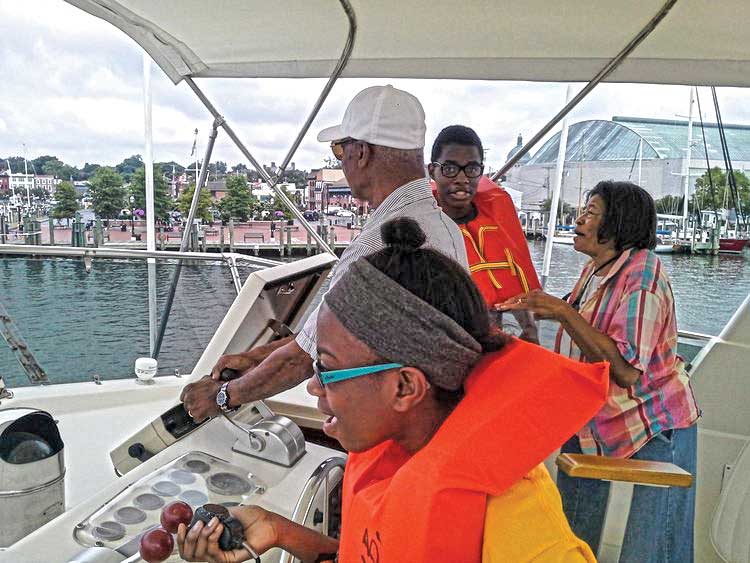
Still, the boating community as a whole is far different than it was back in 1945. “We’re a predominantly Black club, but there are members that belong to other organizations, some that are predominantly white. Some prefer to be among Black people,” Adebisi says. “It’s all about the level of comfort.”
Today, Annapolis and D.C. are only two of several Black yacht clubs in the Delamarva area. D.C.’s Universal Sailing Club is celebrating 20 years, and smaller social clubs have also flourished. While the original clubs were born out of necessity, there is no denying that Black yacht clubs are still hubs for camaraderie and connections.
Read Next: A Sense of Boating History
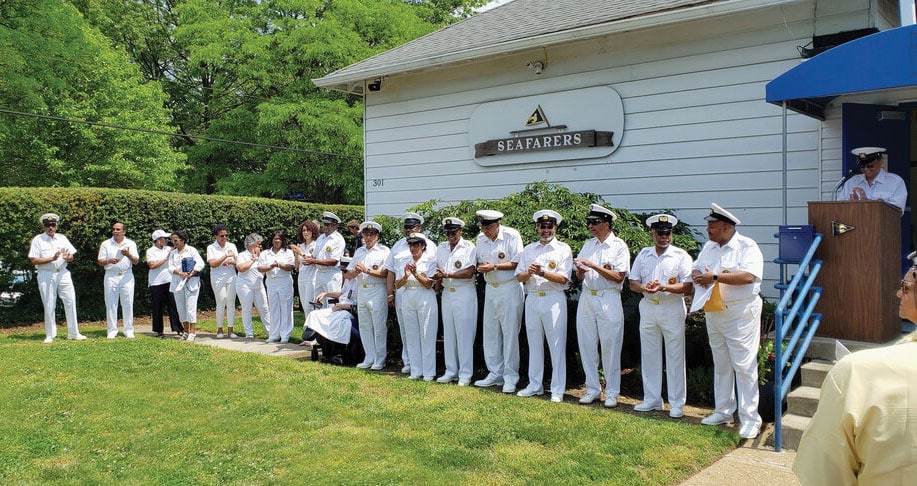
Over 50 and 60 years after the clubs’ foundings, Smith points out their progress. His main takeaway? “These men are getting bigger boats,” he chuckles.
The Black yacht clubs are no longer solely Black, and they’ve managed to create a space that speaks to all walks of life, from all races and genders. What attracts other members is what’s at the heart of the Black boating experience, with an emphasis on community. Adebisi jokes: “There is a rule that if you have any problems with your boat, ask five Seafarers, you will get at least 12 different solutions.”
McCottry expresses hope for the way that boating is going. “Other boaters see that we’re the Seafarers, and they want to have cocktails and a beer with us,” he says. “I’ve been asked to join several clubs, including some prestigious ones. There’s a lot more openness now, but change had to take place within individuals.”
To make boating more inclusive, the Seafarers members believe that it is important to understand the Black boating experience. According to Woodward: “It’s not very different from any other boating experience, except the boater happens to be Black,” he explains. “It’s no different in terms of personal enjoyment, personal satisfaction, personal growth and development.”
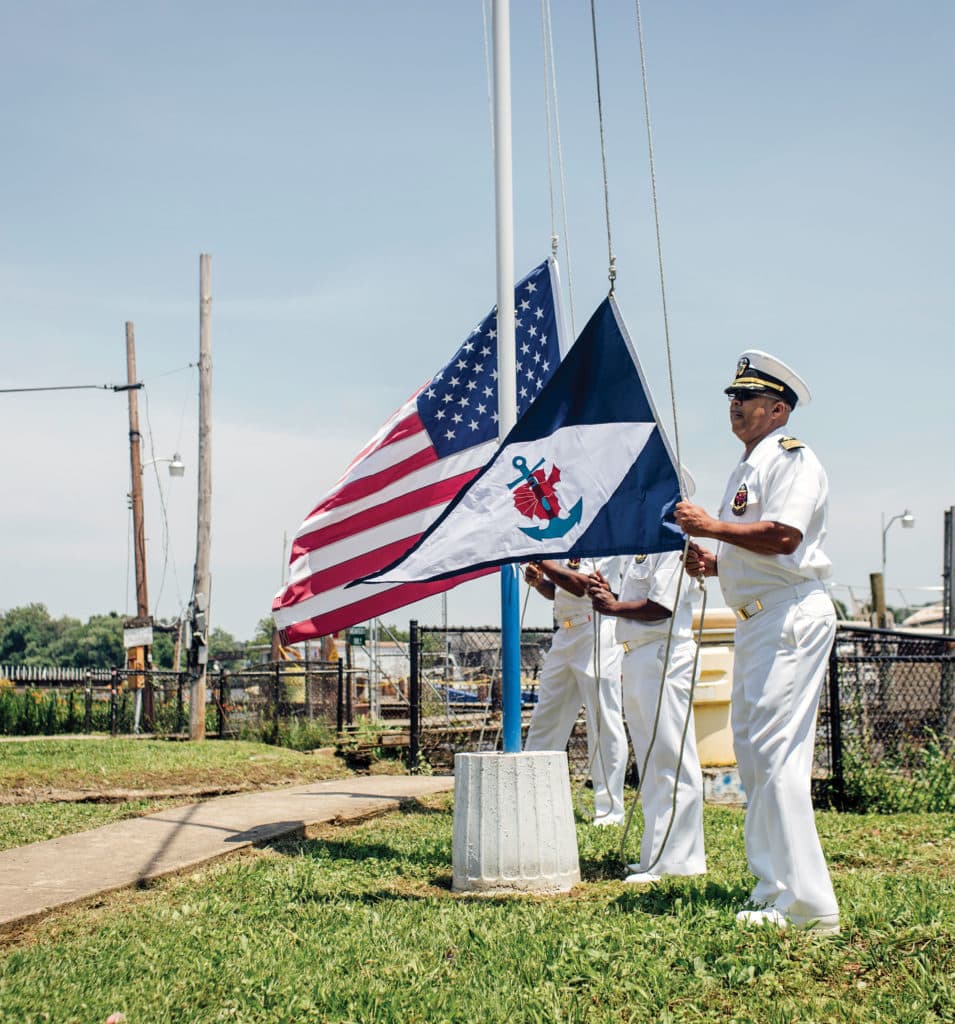
Adebisi adds that other boaters should understand that Black boaters exist, and they have same level of boating competency: “We have the same interests, and we have the means. And we can also develop the expertise and discipline that it takes to be good. Period.”
For Woodward, the club reflects his father, who instilled in him a love for the water when he was young. He explains that even if there were no yacht club, he’d still be boating. That love supersedes any adversities that boaters might face. While times have changed, the love and desire that were embodied by the early Seafarers are still alive and well.









